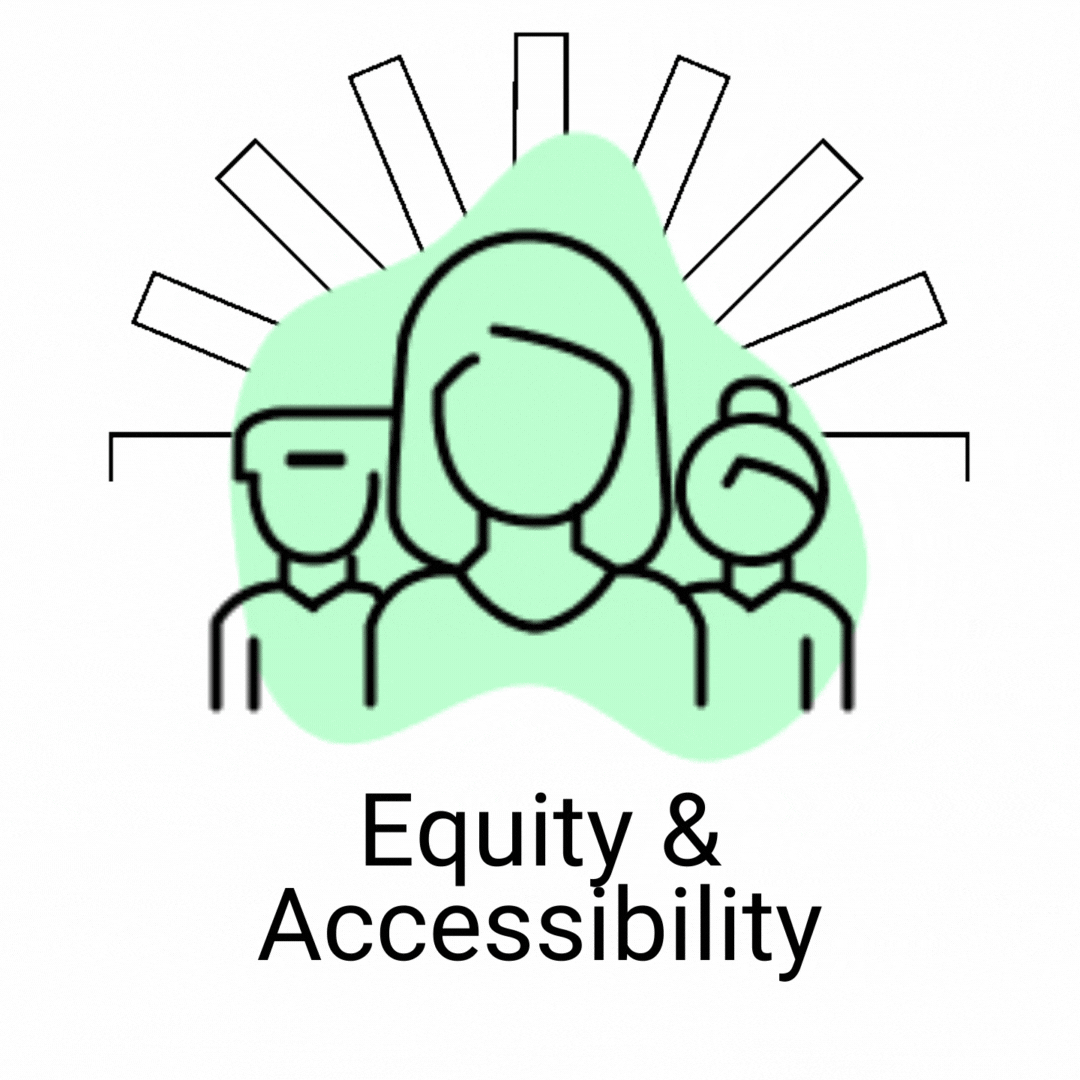Overview
In partnership with MTA New York City Transit (NYCT), researchers at C2SMART worked to asses and evaluate new accessibility features in the Jay St–MetroTech station. This pilot, part of the new Accessible Station Lab, includes both smartphone apps and physical infrastructure, designed to make subway travel more accessible for riders with mobility, hearing, visual, and cognitive disabilities.
The Accessible Station Lab, a “living lab” that allowed customers to test the features in a live station environment and to provide feedback directly to NYCT. The Jay St–MetroTech station in downtown Brooklyn is a busy transfer hub, providing access to many riders to experience the lab. The main intention behind this pilot study was to involve the community and gather pertinent feedback from them directly about the new features. This report reflects the findings from those interactions.
As the data analysis partner, C2SMART collected and analyzed data in order to assist NYCT in evaluating the performance of all the features. A defined set of performance metrics were set beforehand that were used to objectively evaluate each treatment, using data and feedback collected from potential users. The pilot project involved testing 16 new features that have the potential to make subway stations more accessible for riders with mobility, hearing, visual, and cognitive disabilities – this included both physical features and smartphone app-based services. Evaluation and assessment of each feature was done using long-form feedback and quantitative surveys to analyze user feedback pertaining to each one.
Research Objectives
C2SMART provided comprehensive feedback and analysis of 16 new accessibility features. Data was collected in a two-fold process: a combination of quantitative data collected electronically via a survey and long-form, as well as open- ended feedback. The long-form feedback was primarily collected from planned group visits where groups representing, advocating for, or related to people with disabilities visited the lab to learn about and try out the new features. Quantitative data was collected from members of these visits, as well as from random in-station intercept surveys of users passing through the station. The survey was also made available online which resulted in a limited number of quantitative responses. Finally, feedback from station maintenance staff and reactions of people on social media were aggregated. Data collected from these sources were combined to arrive at a series of high-level recommendations, presented to the MTA.
Related Media

Alternative accessible travel information and mobile app NaviLensGO which create dynamic visual navigation

MTA’s accessibility group is leading a wall-through tour with NYU students and UPSTAND, an advocacy group for parents with young children

Static Tactile Station Map

Group photo with UPSTAND






